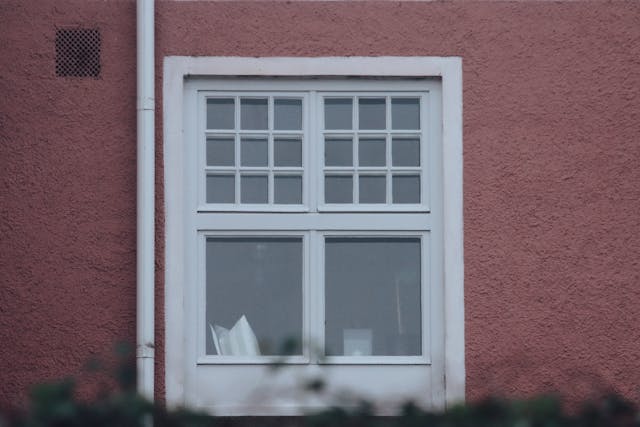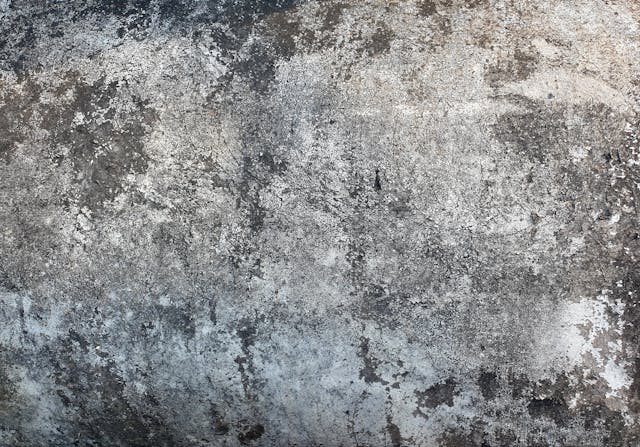
- Unstable soil can cause uneven concrete and lead to structural issues, which can be prevented through proper drainage systems, grading, and maintenance.
- Consider stabilization methods such as compacting or adding support structures like helical piers in areas with prone soil movement.
- Regular visual inspections of concrete are essential for catching minor issues before they become more significant problems.
- It is crucial to address uneven concrete promptly to prevent further damage and maintain the structural integrity of your home.
There’s a silent struggle that many homeowners face, lurking just beneath the surface of their property’s exterior—uneven concrete. You’ve seen it: that irritating slab sunken in, the driveway not so straight, or the patio with a mysterious slant. The underlying issue is more than an eyesore; it’s a recipe for disaster waiting to happen. Fixing uneven concrete beautifies your home and, more importantly, eliminates tripping hazards, enhances your peace of mind, and bolsters your property’s overall value. But how does one go about this seemingly daunting task?
In this comprehensive guide, we’ll explore the expert techniques available to address the bane of uneven concrete. We’ll dig into the root causes, unpack professional repair methods, and highlight preventative measures to keep your concrete smooth for years.
Understanding the Causes of Uneven Concrete
Before we can level the playing field, it’s essential to understand how and why the concrete around your home becomes unlevel. The perpetrators can be numerous and often deceptively inconspicuous, causing significant damage over time.
- Soil Settlement: Have you ever heard the phrase “it’s what’s underneath that counts”? Soil settlement is a classic example. Changes in soil composition or moisture levels can lead to a firm foundation’s slow decline and, consequently, the shifting of your concrete slabs.
- Erosion: Nature doesn’t discriminate. Over time, rushing water or persistent streams from your downspouts can wash away the soil beneath your concrete, creating voids and leading to uneven surfaces.
- Tree Root Growth: Trees symbolize strength and longevity, but their roots are oblivious architects of upheaval. The expansive growth of roots beneath your concrete can exert pressure, leaving the slabs to rise and fall as though they were breathing.
- Poor Initial Installation: Sometimes, the issue begins at birth. If your concrete wasn’t laid with precision or with an inadequate sub-base, it’s only a matter of time before it succumbs to gravity and the elements.
Expert Techniques for Leveling Uneven Concrete
When evening out your concrete, you’re not short on options. Professionals have an arsenal of techniques, each tailored to specific scenarios.
1. Mud Jacking
The mud jacking technique is a cost-effective and efficient solution to level uneven concrete. It is a time-tested method where a slurry, typically made of soil, water, and cement, is hydraulically pumped beneath a slab. This raises the concrete, compresses the soil, and corrects the problem. Mud jacking is best suited for larger areas and is particularly effective in addressing soil settlement and erosion issues.
2. Polyurethane Foam Injection
For a more modern approach, consider polyurethane foam injection. This technique involves injecting a high-density polyurethane foam under the concrete, which expands to fill voids and stabilizes slabs. The advantages are clear—a lightweight, faster-curing solution that won’t burden your compromised soil further.
3. Replacing Entire Slabs
In some cases, the best fix is a clean slate—literally. If your concrete suffering, the best solution—for both the present and the future—may be to replace it entirely. This is a particularly viable choice when your slabs are damaged beyond repair or if the root cause is attributed to a poorly installed foundation.
4. Grinding Down High Spots
Grinding down high spots can be a straightforward and effective solution when the issue is less about uplift and more about overabundance. This technique requires specialized equipment and the skills of a professional, but it can quickly level off those pesky uneven areas without the need for invasive procedures.
Preventing Future Unevenness in Concrete
They say an ounce of prevention is worth a pound of cure. When it comes to concrete, this couldn’t be truer. Invest in measures that stabilize the soil, encourage proper water runoff, and keep a watchful eye for any signs of trouble.
Proper Drainage
Ensuring that water is directed away from your concrete surfaces is paramount. Properly functioning gutters, effective grading, and regular maintenance of drainage systems will go a long way in preventing soil erosion and water damage.

Soil Stabilization
In areas where soil is prone to movement, consider stabilization methods such as compacting, chemical treatments, or the addition of support structures like helical piers.
Regular Inspections
Make friends with your concrete. Regular visual assessments can catch minor issues before they become big problems. Look for cracks, sinking, or shifting, and address them promptly before they have the chance to escalate.

The Bottom Line
The battle against uneven concrete is not one to be taken lightly. It requires a strategic combination of understanding, expertise, and foresight. By availing yourself of the professional techniques outlined in this guide and implementing vigilant preventative measures, you can ensure that your concrete remains a steadfast foundation for your home rather than a testament to neglect and decay.
In the face of unevenness, don’t just patch the issue—tackle it head-on with the knowledge and tools available to enrich your property’s aesthetics, safety, and value. Remember to consult with professionals to determine the most effective solution for your specific situation and make a decisive move towards a home where every concrete step forward is a stable one.
